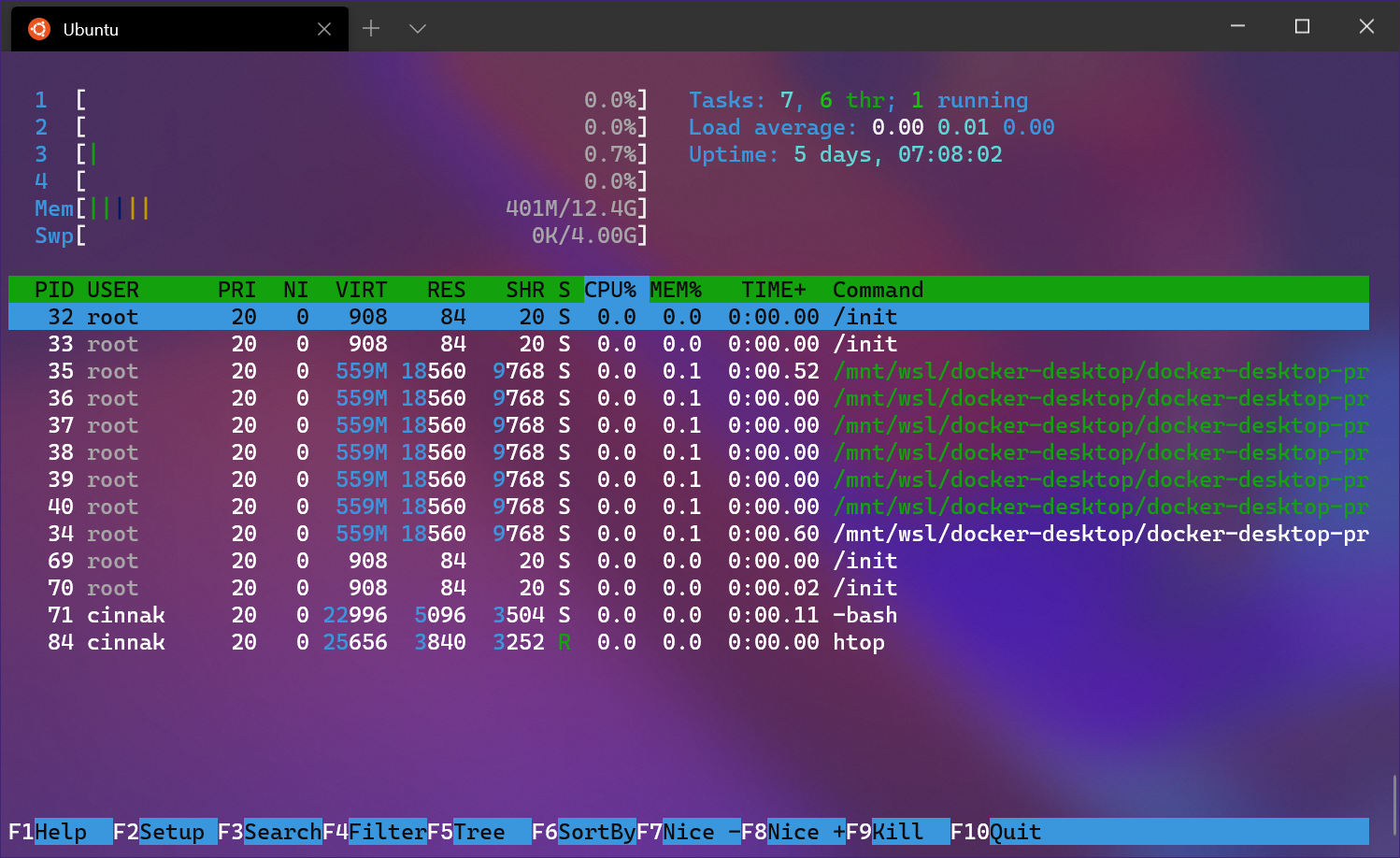GitHub CLI
Gh brings GitHub to the command line by helping developers manage pull requests, issues, gists, and much more. As of 1.9.0, even more of GitHub is available in your terminal: GitHub Actions. RStudio is a popular integrated development environment for R. It integrates the tools you use with R into a single environment. GitHub Pages allows you to host websites directly from your GitHub repository. In this tutorial, you will learn how to.
gh is GitHub on the command line. It brings pull requests, issues, and other GitHub concepts to the terminal next to where you are already working with git and your code.
Installation
You can find installation instructions on our README.

Authentication

Run gh auth login to authenticate with your GitHub account. gh will respect tokens set using GITHUB_TOKEN.
GitHub Enterprise Server
GitHub CLI supports GHES 2.20 and above. To authenticate with a GitHub Enterprise instance, run:
You will be prompted to either authenticate using your browser, or to paste a token.
Setting an editor
To set your preferred editor, you can use gh config set editor <editor>. Read more about gh config.
Additionally if the above is not set, for macOS and Linux, gh will respect editor environment variables based on your OS and shell setup.
On macOS and Linux, the default editor is Nano. On Windows, the default editor is Notepad.
Setting your git protocol
To set your preferred git protocol, you can use gh config set git_protocol { ssh | https }. Read more about gh config.
Disable interactivity
To disable interactive prompts, you can use gh config set prompt disabled. Read more about gh config.
Extending the CLI
Terminus Ssh
There are several ways you can make gh your own.
- Create shorthands using
gh alias set - Make custom API queries using
gh api - Use environment variables
Feedback
Thank you for checking out GitHub CLI! Please open an issue to send us feedback. We're looking forward to hearing it.
Terminal Velocity is a fast, cross-platform note-taking application for theUNIX terminal, it’s a clone of the OS X app NotationalVelocity that runs in a terminal and uses your$EDITOR.
Install
To install Terminal Velocity, run:
Then to launch it just run: How to download apps on magnavox smart tv.
To use a different notes directory, run:
To quit the app, press ctrl-x.
Create Notes
To create a new note, type a title for the note and hit enter. The note willbe opened in your text editor. As you type the title, the list of notes filtersto show notes that match what you’ve typed, giving you a chance to open arelated note instead of making a new one.
Find Notes
The same text area is used for entering the titles of new notes and forsearching notes. To find and open a note, type some words from the note’s titleor contents. The list of notes filters as you type to show only matching notes.When you see the note that you want, use the up and down arrows to selectit then hit enter to open it. You can also use page up and page down ormouse clicks to select notes.
Autocomplete
If you type the beginning of a note’s title (case-insensitive), that note willbe automatically selected in the note list and its title will be autocompletedin the search box. Whenever a note is selected, just hit enter to open thatnote.
If you want to create a new note whose title is a substring of an existingnote’s title, then even after you’ve typed the full title for your new note theexisting note will still be selected by the autocomplete. In this case, youhave to hit ctrl-d or escape to clear the autocomplete selection, then hitenter to create your note.
Configuration
The location of the notes directory, the text editor, the filename extensionfor new notes, etc. can be configured using command-line options or a configfile. For details, run:
Syncing
Since your notes are just a directory of plain text files, it’s easy to syncthem using Dropbox, Ubuntu One, Unison, git, etc. Just use a notes directory inyour Dropbox or Ubuntu One directory, in a git repository, etc.
Details
Notes are kept as plain text files in a notes directory (~/Notes by default).
Notes are sorted by modification date, most recently modified at the top.
The search is fuzzy. A note will match a search term if it contains all of thegiven search words anywhere in its title or body, the words don’t have toappear consecutively or in the same order.
Terminus Github Issues
The search is smart-case. For each search word, if the word is all lower-casethen it will be matched case-insensitively. If the word contains any upper-caseletters then it will be matched case-sensitively.
Subdirectories in your notes directory are searched recursively. To create anew note in a subdirectory, just give the subdir(s) as part of the note’stitle, e.g.: programming/python/How to use decorators in Python
You can have note files with different filename extensions. All the files inyour notes directory are searched, regardless of filename extension. To createa note with a different filename extension use the --extension option.
Terminal Velocity doesn’t support renaming or moving notes yet, but you canmove note files (and edit their contents) using other tools, this will notinterfere with Terminal Velocity as long as you don’t do it while TerminalVelocity is running.
Credits
User interaction copied from Notational Velocity.
Terminus Terminal Windows
Some code snippets ideas borrowed fromAndrew Wagner andSimon Greenhill.
Github Terminusdb
Written in Python usingUrwid.
